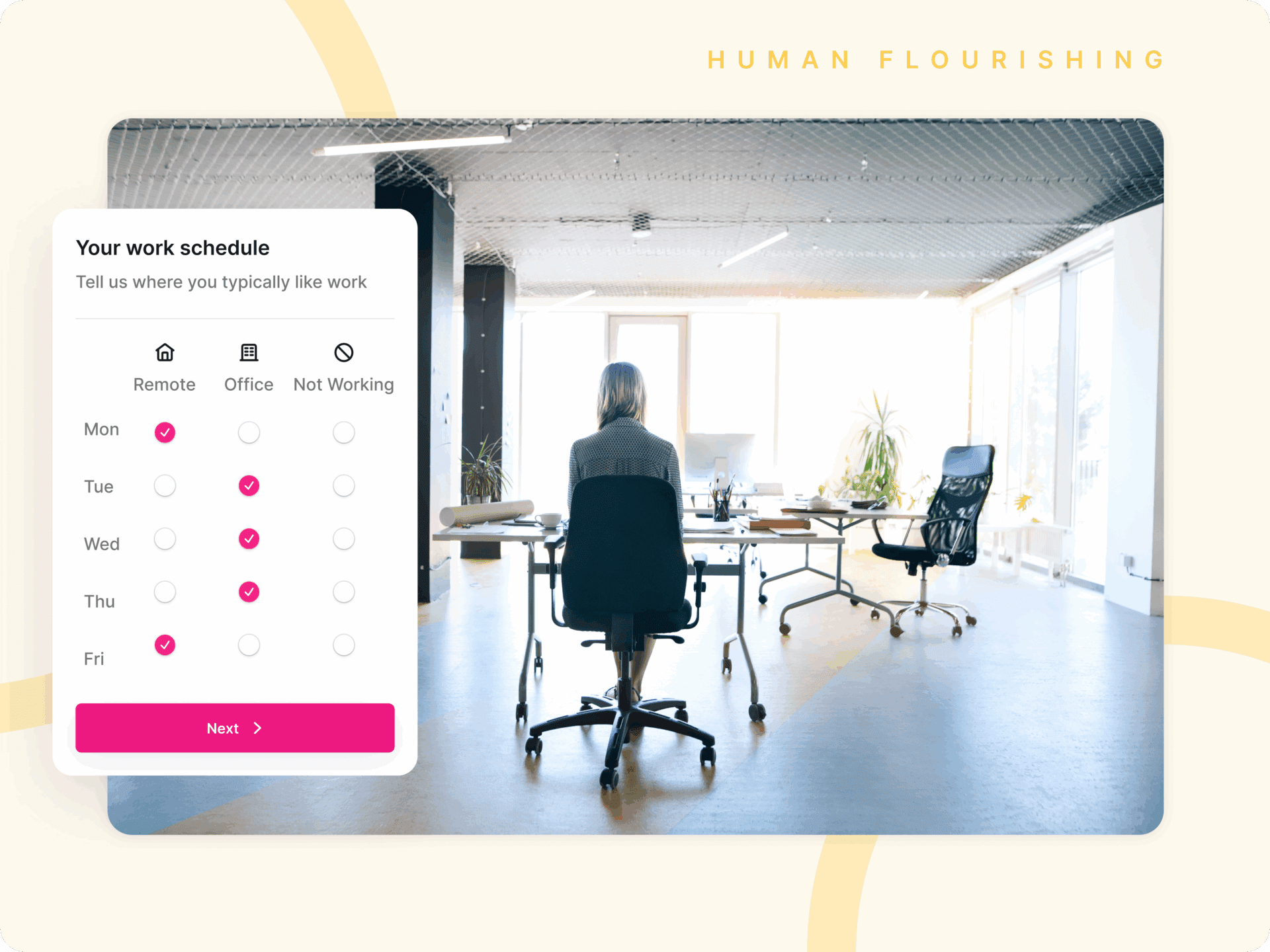The U.K. government is making a push to embed flexible work and the right to disconnect into the workplace culture. These initiatives reflect a significant shift in how we as a society have been thinking about work-life balance, employee well-being, and productivity.
Why Flexible Work Matters
Flexible work is no longer just a trend—it’s the future of work. The pandemic was a catalyst, but the demand for flexible working arrangements has only gained momentum since then. In fact, the Chartered Institute of Personnel and Development (CIPD) found that over half of U.K. workers want the option to work flexibly moving forward.
But what does flexible work really mean? It’s about giving employees the autonomy to decide when and where they work, tailoring their schedules to fit their personal lives. This isn’t just about making employees happy—it’s about fostering a more engaged, motivated, and productive workforce.
The U.K. government’s push to enshrine flexible work into law is a recognition that the old 9-to-5 model doesn’t fit the modern world. By allowing employees to work in a way that suits them, businesses can unlock higher levels of productivity and satisfaction. It’s a win-win.
Setting Boundaries To Protect Your Personal Time
In our always-on world, the lines between work and life have become increasingly blurred. Smartphones, laptops, and constant connectivity have made it difficult for many employees to truly switch off after work hours. This is where the right to disconnect comes in.
The right to disconnect ensures that employees are not expected to engage in work-related activities outside of their agreed working hours. This isn’t just about protecting personal time—it’s about preventing burnout, reducing stress, and ultimately improving productivity.
Countries like France and Spain have already embraced this concept, and the U.K. is now following suit. By giving employees the right to unplug, businesses can help their teams recharge and return to work more focused and energized.
What This Means For Businesses
These changes may seem challenging for businesses, but they also present a unique opportunity. Embracing flexible work can set your company apart in a competitive job market. It’s about building a culture of trust, where employees are measured by their outcomes, not just the hours they log.
Communication is key. Businesses need to have open and honest conversations with their teams about expectations and boundaries. By doing so, they can create an environment where employees feel supported and valued, which in turn drives productivity and success.
How Kadence Can Help You Adapt To These Changes
As businesses adapt to these evolving expectations around work, tools like Kadence can play a critical role in helping teams stay organized and connected. Kadence is designed to help teams coordinate their work schedules effectively, regardless of location, making it easier to manage availability, collaborate seamlessly, and maintain clarity around team commitments.
While the legislation pushes for a balance between work flexibility and disconnection, Kadence offers practical features that support teams in maintaining productivity while respecting personal time. The platform makes it simple for teams to plan their work, align on availability, and stay connected, whether they are fully remote, hybrid, or in-office.
Kadence helps foster those meaningful “in-office moments” that can be harder to come by in flexible work settings. It enables teams to create moments that matter by providing tools to effectively communicate, collaborate, and engage, no matter where employees are located.
Moving Forward
With Kadence, teams can stay coordinated, communicate effectively, and ensure they are working together in the most productive way possible, regardless of where they are. As the work landscape continues to evolve, tools like Kadence can help businesses create an environment where employees thrive, both personally and professionally, while maintaining the flexibility and autonomy they desire.
By embracing these changes with the right support, your organization can adapt and succeed in this new era of work.




